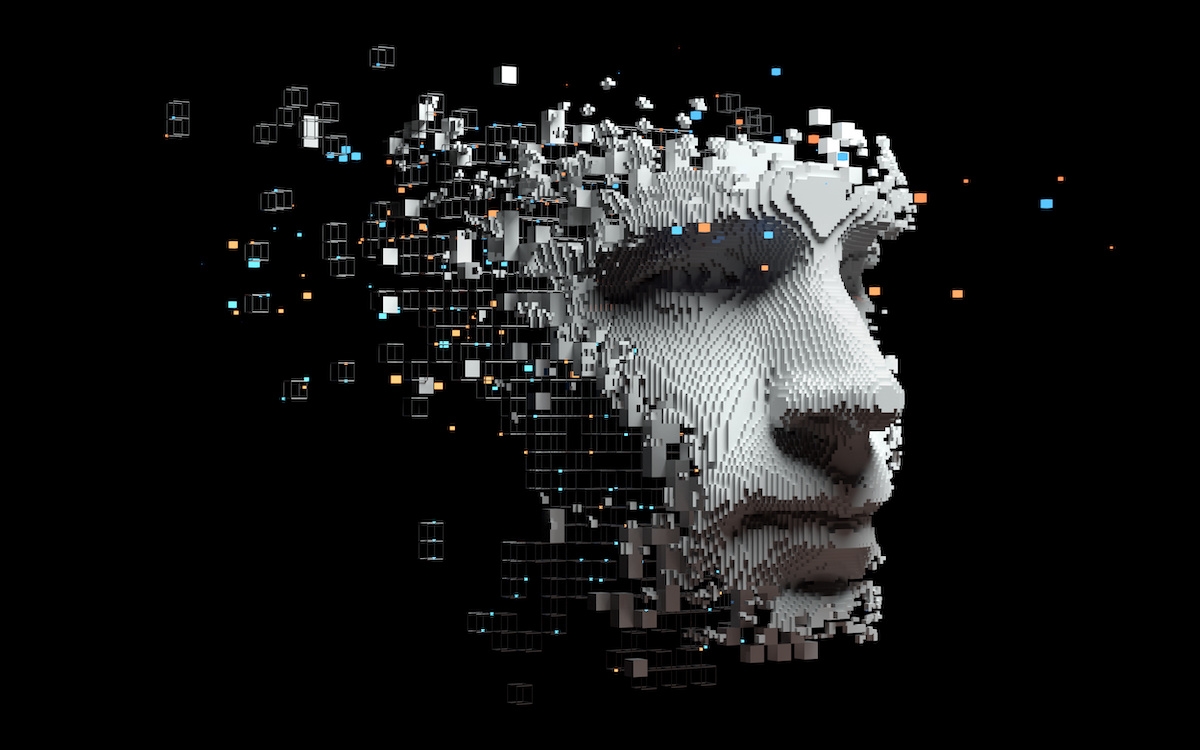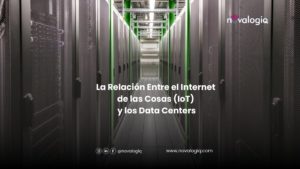What is artificial intelligence?
AI is largely a pattern-recognition tool that can run at a scale that’s dramatically beyond any human, yet never quite replaces humans. Even at its best, AI delivers acceptable, though not perfect results, giving people the ability to step in, observe the data and reason from there.
Note that while we use AI throughout this cheat sheet, most enterprises actually engage with a subset of AI called machine learning or deep learning. We’ll use AI here as a shorthand that includes machine learning and deep learning.
SEE: Download this business leader’s guide on artificial intelligence.
The truth is that current AI technology is limited, but it’s still incredibly powerful. However complicated its processes may seem in practice, at the core of AI-driven applications is the simple ability to identify patterns and make inferences based on those patterns.
AI isn’t truly intelligent, and it’s often as biased as the data we choose to feed into our ML models. That doesn’t mean AI isn’t useful for businesses and consumers trying to solve real-world problems, it means that we’re nowhere close to machines that can actually make independent decisions or arrive at conclusions without being given the proper data first. It’s also true that AI can tend to confirm our biases, rather than eliminate them.
How does artificial intelligence work?
AI is a complex system designed to model human behavior and intelligence. It combines large data with intelligent algorithms to analyze, understand, and make decisions or predictions about future states. To make accurate predictions, AI systems require large amounts of data to learn from; this data is gathered from various sources, processed, analyzed and organized in a suitable format for the AI algorithms.
AI algorithms are the core of AI systems and are designed to analyze and interpret data, identify patterns, and make predictions or decisions based on the input. By continuously collecting new data and retraining the models, AI systems can adapt to changing conditions and improve their performance.
The core process of how AI works involves the following subdomains:
- Machine learning: A branch of AI that focuses on the development of algorithms and statistical models that allow computer systems to learn and improve from data without being explicitly programmed.
- Deep learning: A subfield of machine learning that mimics the workings of the human brain’s neural networks, using multiple layers of artificial neural networks to learn and understand complex patterns and features in data.
- Neural networks: A computational model, inspired by the structure and function of the human brain, that can process and analyze large amounts of data to recognize patterns, make predictions or classify information.
- Natural language processing: A branch of AI that focuses on the interaction between computers and human language, enabling machines to understand, interpret and generate human language.
- Computer vision: A branch of AI that enables machines to interpret and understand visual information from images or videos.
- Cognitive computing: A model that aims to create AI systems that can simulate human-like intelligence and interact with humans in a more natural and intuitive way.



